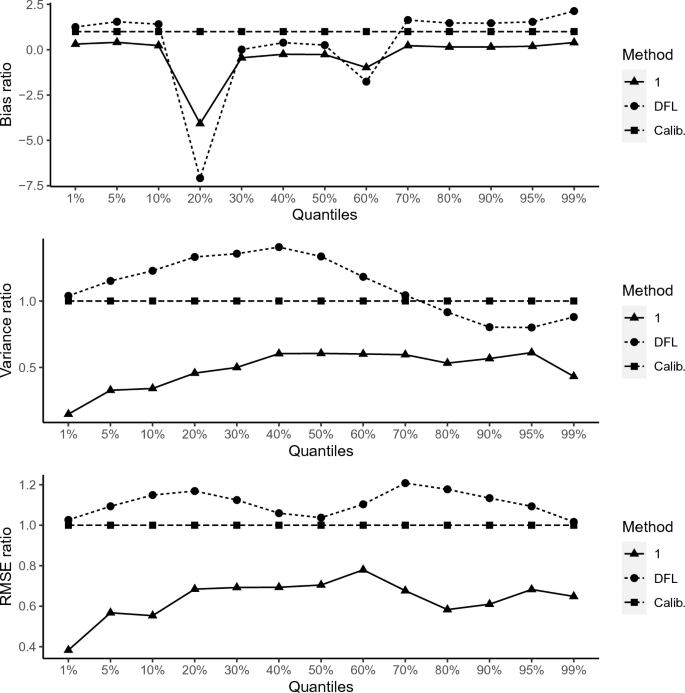Gender wage difference estimation at quantile levels using sample survey data
引用次数: 0
Abstract
Abstract This paper is motivated by the growing interest in estimating gender wage differences in official statistics. The wage of an employee is hypothetically a reflection of her or his characteristics, such as education level or work experience. It is possible that men and women with the same characteristics earn different wages. Our goal is to estimate the differences between wages at different quantiles, using sample survey data within a superpopulation framework. To do this, we use a parametric approach based on conditional distributions of the wages in function of some auxiliary information, as well as a counterfactual distribution. We show in our simulation studies that the use of auxiliary information well correlated with the wages reduces the variance of the counterfactual quantile estimates compared to those of the competitors. Since, in general, wage distributions are heavy-tailed, the interest is to model wages by using heavy-tailed distributions like the GB2 distribution. We illustrate the approach using this distribution and the wages for men and women using simulated and real data from the Swiss Federal Statistical Office.

使用抽样调查数据在分位数水平上估计性别工资差异
在官方统计中,越来越多的人对估计性别工资差异感兴趣,这是本文的动机。假设一个员工的工资反映了她或他的特点,如教育水平或工作经验。具有相同特征的男性和女性有可能获得不同的工资。我们的目标是使用超人口框架内的抽样调查数据来估计不同分位数的工资差异。为了做到这一点,我们使用了一种参数方法,该方法基于工资的条件分布,以及一些辅助信息的函数,以及反事实分布。我们在模拟研究中表明,与竞争对手相比,使用与工资密切相关的辅助信息减少了反事实分位数估计的方差。由于一般来说,工资分布是重尾分布,所以我们的兴趣是通过使用GB2分布这样的重尾分布来模拟工资。我们使用这种分布来说明这种方法,并使用瑞士联邦统计局的模拟和真实数据来说明男女工资。
本文章由计算机程序翻译,如有差异,请以英文原文为准。
求助全文
约1分钟内获得全文
求助全文

 求助内容:
求助内容: 应助结果提醒方式:
应助结果提醒方式:


